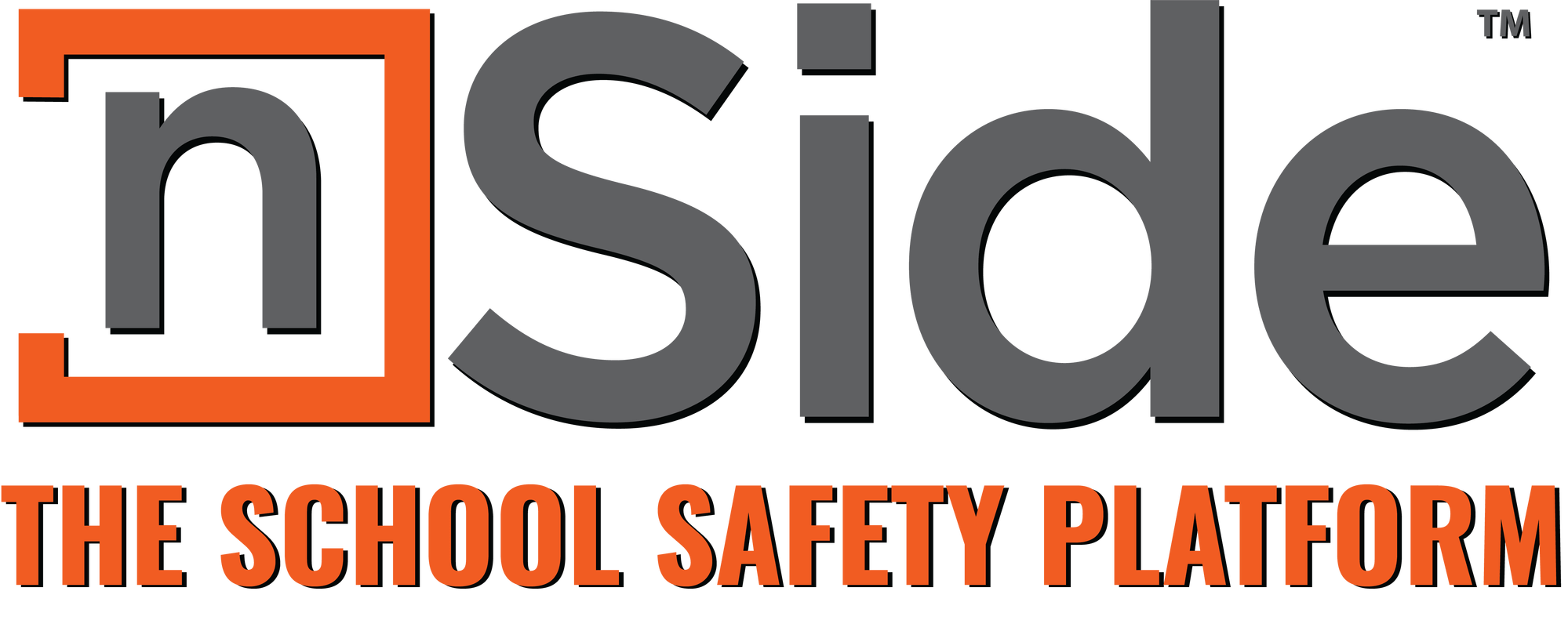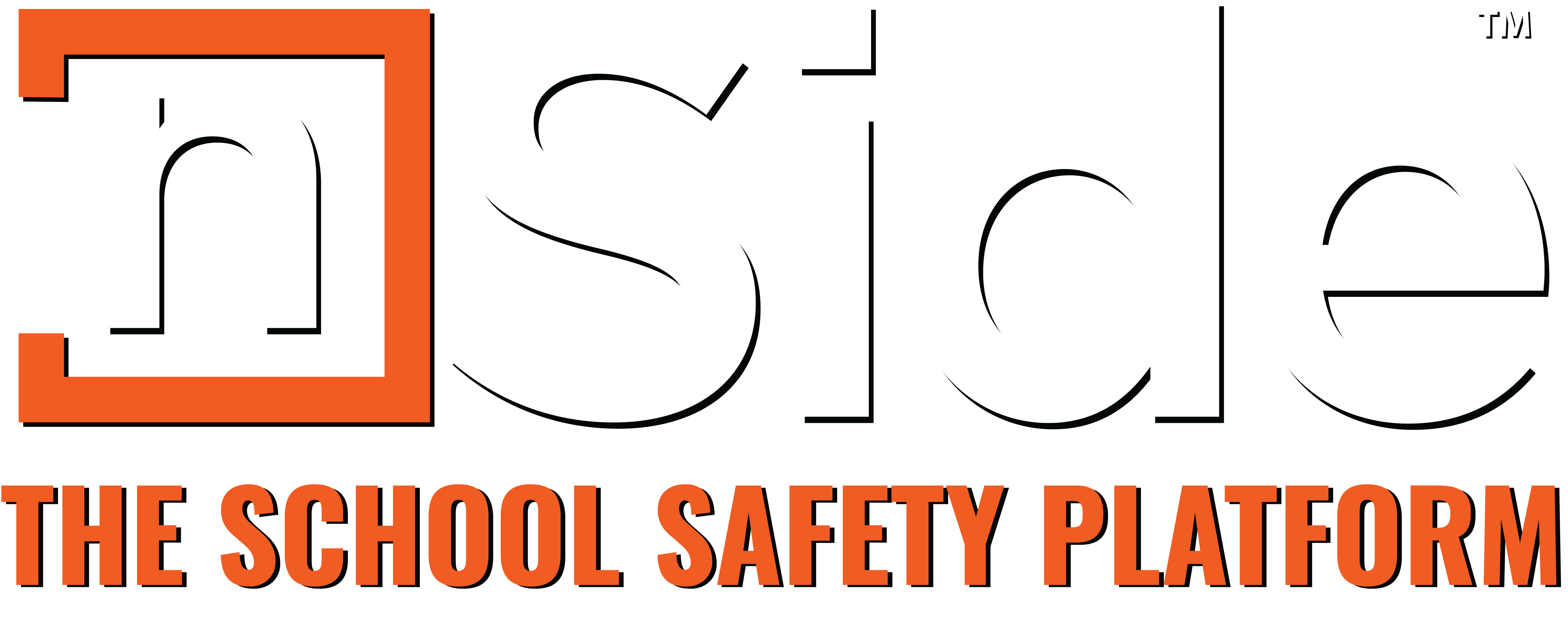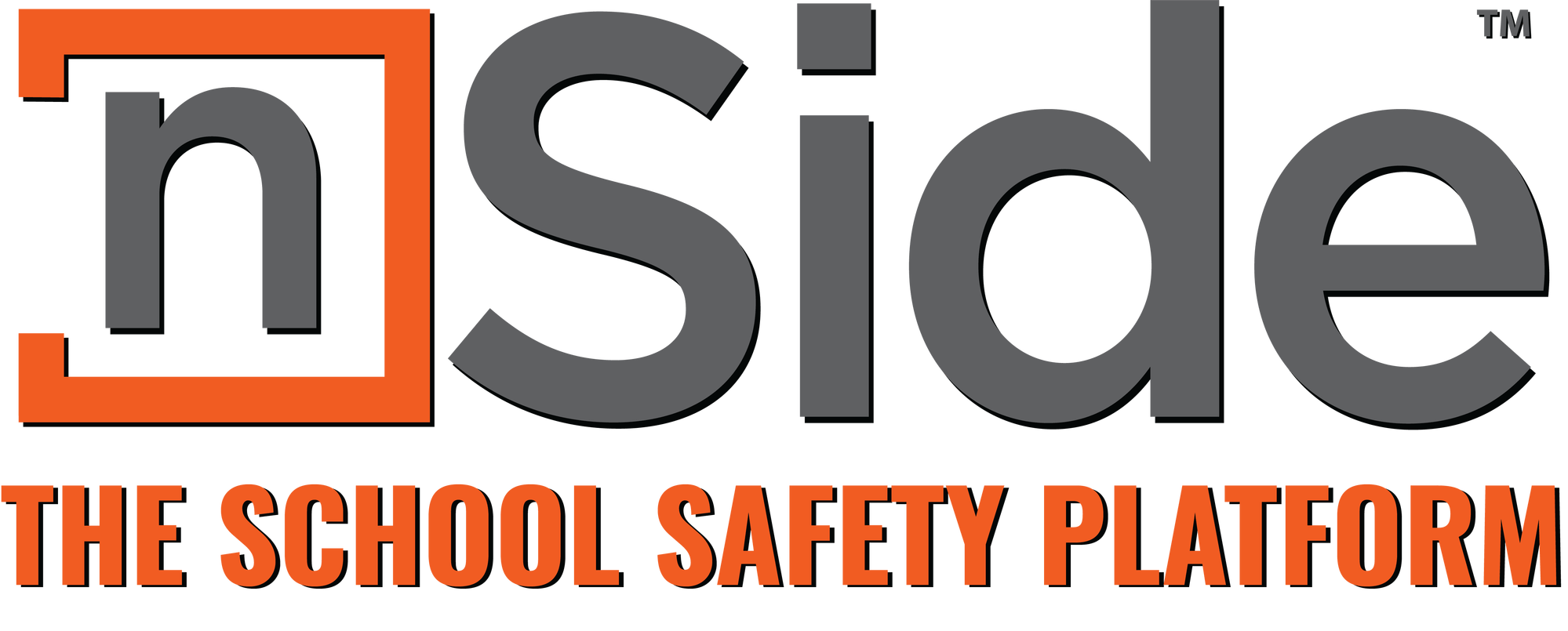Seeing as nSide is all about safety, we can’t forget to talk about cyber security.
Over the last year, we have seen an increase in the number of cyber security attacks across a number of industries – and schools are not excluded.
Phishing emails, identity theft, and ransomware attacks are on the rise with schools as students, teachers, and faculty are returning for the start of a new year. While it seems unlikely, many schools have already been victims of ransomware attacks locking faculty, staff, and students out of payroll, lesson plans, and other operational software.
While most schools have plans in place for inclement weather, medical emergencies, and active shooter or lockdown situations, many lack a cyber attack response plan in the your Emergency Operations Plan in the event that they become the victims of an online attack.
Adding a cyber security attack plan to your EOP within in the nSide platform, making sure everyone understands the appropriate measures to take, and getting a situation back under control can reduce the time a school is not operational in the event of a hack.
There are also a number of prevention measures that schools can put in place to reduce the chances of an attack that can halt daily learning and operation.
Here are some ways to prevent or reduce the chances of a cyber attack:
- Block Access to Suspicious Websites
- Regularly Change Passwords
- Teach Students and Teachers Email Security Basics
- Back up all systems offline
- Never Skip Security Updates
- Utilize a Cyber Security Team
Another thing nSide encourages schools to consider mitigating is the potential for identity theft of students and young children. At the beginning of a new school year they are setting up new devices and creating new accounts creating a window of opportunity for theft. They are particularly vulnerable for identity theft hacks given that they typically don’t have credit history and aren’t monitoring activity of their Social Security Number.
It is important to teach children ways to protect themselves and their identity while online. A few ways parents and teachers can do that are:
- Encourage creative answers to security questions and reduce the chances for a hacker to find the information to answer those questions. Simply put, lie when answering those questions instead of using real information and keep the answer somewhere safe that you can locate when needed.
- Warn students of the dangers of public wifi networks and the lack of security those networks have. Any information shared over a public network is fair game to someone looking to steal data.
- Share with students what information is appropriate and inappropriate to share in conversations online. Keeping conversations non-personal is always best.
- Explain the dangers of online quizzes and free games on the internet and social media platforms. Most of them are deigned to harvest data and loop friends and family in to harvest their data as well. While they seem fun and lighthearted, they can have larger consequences.
- Encourage parents to include their children’s SSN on any identity monitoring program they are using so they are notified of any suspicious activity.
In a world where we are all connected and carrying around devices that are connected, it is equally as important to encourage physical and digital safety and to have a plan in the event that the worst happens. If you need help, don’t hesitate to reach out to nSide and we can help you get a cyber security plan into your EOP!


